HSBC 2015 Annual Report Download - page 173
Download and view the complete annual report
Please find page 173 of the 2015 HSBC annual report below. You can navigate through the pages in the report by either clicking on the pages listed below, or by using the keyword search tool below to find specific information within the annual report.-
 1
1 -
 2
2 -
 3
3 -
 4
4 -
 5
5 -
 6
6 -
 7
7 -
 8
8 -
 9
9 -
 10
10 -
 11
11 -
 12
12 -
 13
13 -
 14
14 -
 15
15 -
 16
16 -
 17
17 -
 18
18 -
 19
19 -
 20
20 -
 21
21 -
 22
22 -
 23
23 -
 24
24 -
 25
25 -
 26
26 -
 27
27 -
 28
28 -
 29
29 -
 30
30 -
 31
31 -
 32
32 -
 33
33 -
 34
34 -
 35
35 -
 36
36 -
 37
37 -
 38
38 -
 39
39 -
 40
40 -
 41
41 -
 42
42 -
 43
43 -
 44
44 -
 45
45 -
 46
46 -
 47
47 -
 48
48 -
 49
49 -
 50
50 -
 51
51 -
 52
52 -
 53
53 -
 54
54 -
 55
55 -
 56
56 -
 57
57 -
 58
58 -
 59
59 -
 60
60 -
 61
61 -
 62
62 -
 63
63 -
 64
64 -
 65
65 -
 66
66 -
 67
67 -
 68
68 -
 69
69 -
 70
70 -
 71
71 -
 72
72 -
 73
73 -
 74
74 -
 75
75 -
 76
76 -
 77
77 -
 78
78 -
 79
79 -
 80
80 -
 81
81 -
 82
82 -
 83
83 -
 84
84 -
 85
85 -
 86
86 -
 87
87 -
 88
88 -
 89
89 -
 90
90 -
 91
91 -
 92
92 -
 93
93 -
 94
94 -
 95
95 -
 96
96 -
 97
97 -
 98
98 -
 99
99 -
 100
100 -
 101
101 -
 102
102 -
 103
103 -
 104
104 -
 105
105 -
 106
106 -
 107
107 -
 108
108 -
 109
109 -
 110
110 -
 111
111 -
 112
112 -
 113
113 -
 114
114 -
 115
115 -
 116
116 -
 117
117 -
 118
118 -
 119
119 -
 120
120 -
 121
121 -
 122
122 -
 123
123 -
 124
124 -
 125
125 -
 126
126 -
 127
127 -
 128
128 -
 129
129 -
 130
130 -
 131
131 -
 132
132 -
 133
133 -
 134
134 -
 135
135 -
 136
136 -
 137
137 -
 138
138 -
 139
139 -
 140
140 -
 141
141 -
 142
142 -
 143
143 -
 144
144 -
 145
145 -
 146
146 -
 147
147 -
 148
148 -
 149
149 -
 150
150 -
 151
151 -
 152
152 -
 153
153 -
 154
154 -
 155
155 -
 156
156 -
 157
157 -
 158
158 -
 159
159 -
 160
160 -
 161
161 -
 162
162 -
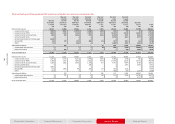 163
163 -
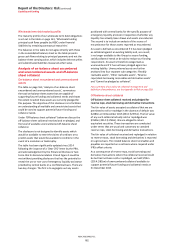 164
164 -
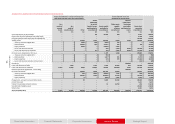 165
165 -
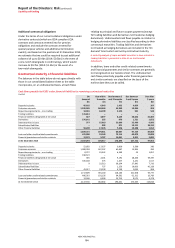 166
166 -
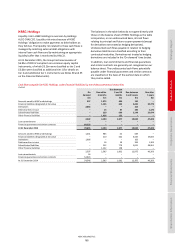 167
167 -
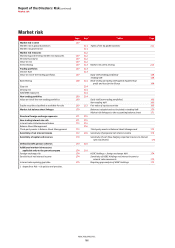 168
168 -
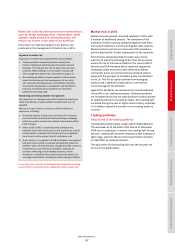 169
169 -
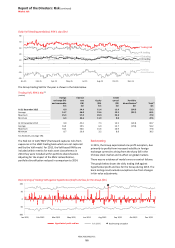 170
170 -
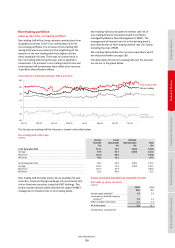 171
171 -
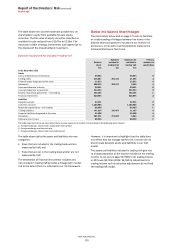 172
172 -
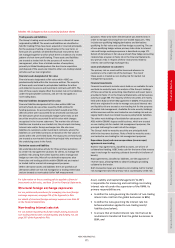 173
173 -
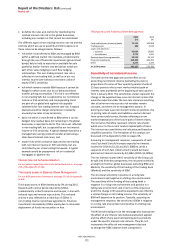 174
174 -
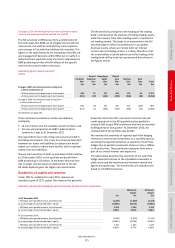 175
175 -
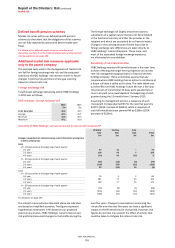 176
176 -
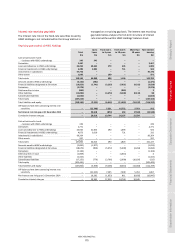 177
177 -
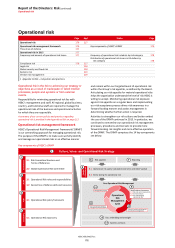 178
178 -
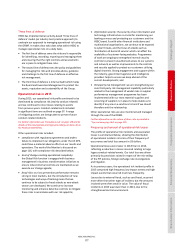 179
179 -
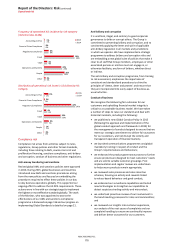 180
180 -
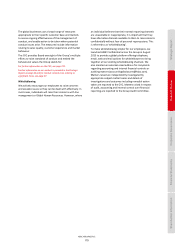 181
181 -
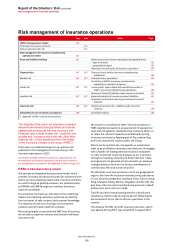 182
182 -
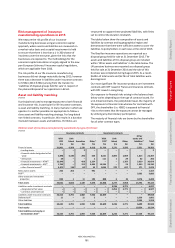 183
183 -
 184
184 -
 185
185 -
 186
186 -
 187
187 -
 188
188 -
 189
189 -
 190
190 -
 191
191 -
 192
192 -
 193
193 -
 194
194 -
 195
195 -
 196
196 -
 197
197 -
 198
198 -
 199
199 -
 200
200 -
 201
201 -
 202
202 -
 203
203 -
 204
204 -
 205
205 -
 206
206 -
 207
207 -
 208
208 -
 209
209 -
 210
210 -
 211
211 -
 212
212 -
 213
213 -
 214
214 -
 215
215 -
 216
216 -
 217
217 -
 218
218 -
 219
219 -
 220
220 -
 221
221 -
 222
222 -
 223
223 -
 224
224 -
 225
225 -
 226
226 -
 227
227 -
 228
228 -
 229
229 -
 230
230 -
 231
231 -
 232
232 -
 233
233 -
 234
234 -
 235
235 -
 236
236 -
 237
237 -
 238
238 -
 239
239 -
 240
240 -
 241
241 -
 242
242 -
 243
243 -
 244
244 -
 245
245 -
 246
246 -
 247
247 -
 248
248 -
 249
249 -
 250
250 -
 251
251 -
 252
252 -
 253
253 -
 254
254 -
 255
255 -
 256
256 -
 257
257 -
 258
258 -
 259
259 -
 260
260 -
 261
261 -
 262
262 -
 263
263 -
 264
264 -
 265
265 -
 266
266 -
 267
267 -
 268
268 -
 269
269 -
 270
270 -
 271
271 -
 272
272 -
 273
273 -
 274
274 -
 275
275 -
 276
276 -
 277
277 -
 278
278 -
 279
279 -
 280
280 -
 281
281 -
 282
282 -
 283
283 -
 284
284 -
 285
285 -
 286
286 -
 287
287 -
 288
288 -
 289
289 -
 290
290 -
 291
291 -
 292
292 -
 293
293 -
 294
294 -
 295
295 -
 296
296 -
 297
297 -
 298
298 -
 299
299 -
 300
300 -
 301
301 -
 302
302 -
 303
303 -
 304
304 -
 305
305 -
 306
306 -
 307
307 -
 308
308 -
 309
309 -
 310
310 -
 311
311 -
 312
312 -
 313
313 -
 314
314 -
 315
315 -
 316
316 -
 317
317 -
 318
318 -
 319
319 -
 320
320 -
 321
321 -
 322
322 -
 323
323 -
 324
324 -
 325
325 -
 326
326 -
 327
327 -
 328
328 -
 329
329 -
 330
330 -
 331
331 -
 332
332 -
 333
333 -
 334
334 -
 335
335 -
 336
336 -
 337
337 -
 338
338 -
 339
339 -
 340
340 -
 341
341 -
 342
342 -
 343
343 -
 344
344 -
 345
345 -
 346
346 -
 347
347 -
 348
348 -
 349
349 -
 350
350 -
 351
351 -
 352
352 -
 353
353 -
 354
354 -
 355
355 -
 356
356 -
 357
357 -
 358
358 -
 359
359 -
 360
360 -
 361
361 -
 362
362 -
 363
363 -
 364
364 -
 365
365 -
 366
366 -
 367
367 -
 368
368 -
 369
369 -
 370
370 -
 371
371 -
 372
372 -
 373
373 -
 374
374 -
 375
375 -
 376
376 -
 377
377 -
 378
378 -
 379
379 -
 380
380 -
 381
381 -
 382
382 -
 383
383 -
 384
384 -
 385
385 -
 386
386 -
 387
387 -
 388
388 -
 389
389 -
 390
390 -
 391
391 -
 392
392 -
 393
393 -
 394
394 -
 395
395 -
 396
396 -
 397
397 -
 398
398 -
 399
399 -
 400
400 -
 401
401 -
 402
402 -
 403
403 -
 404
404 -
 405
405 -
 406
406 -
 407
407 -
 408
408 -
 409
409 -
 410
410 -
 411
411 -
 412
412 -
 413
413 -
 414
414 -
 415
415 -
 416
416 -
 417
417 -
 418
418 -
 419
419 -
 420
420 -
 421
421 -
 422
422 -
 423
423 -
 424
424 -
 425
425 -
 426
426 -
 427
427 -
 428
428 -
 429
429 -
 430
430 -
 431
431 -
 432
432 -
 433
433 -
 434
434 -
 435
435 -
 436
436 -
 437
437 -
 438
438 -
 439
439 -
 440
440 -
 441
441 -
 442
442 -
 443
443 -
 444
444 -
 445
445 -
 446
446 -
 447
447 -
 448
448 -
 449
449 -
 450
450 -
 451
451 -
 452
452 -
 453
453 -
 454
454 -
 455
455 -
 456
456 -
 457
457 -
 458
458 -
 459
459 -
 460
460 -
 461
461 -
 462
462 -
 463
463 -
 464
464 -
 465
465 -
 466
466 -
 467
467 -
 468
468 -
 469
469 -
 470
470 -
 471
471 -
 472
472 -
 473
473 -
 474
474 -
 475
475 -
 476
476 -
 477
477 -
 478
478 -
 479
479 -
 480
480 -
 481
481 -
 482
482 -
 483
483 -
 484
484 -
 485
485 -
 486
486 -
 487
487 -
 488
488 -
 489
489 -
 490
490 -
 491
491 -
 492
492 -
 493
493 -
 494
494 -
 495
495 -
 496
496 -
 497
497 -
 498
498 -
 499
499 -
 500
500 -
 501
501 -
 502
502
 |
 |

HSBC HOLDINGS PLC
171
Strategic Report Financial Review Corporate Governance Financial Statements Shareholder Information
Market risk linkages to the accounting balance sheet
Trading assets and liabilities
The Group’s trading assets and liabilities are in almost all cases
originated by GB&M. The assets and liabilities are classified as
held for trading if they have been acquired or incurred principally
for the purpose of selling or repurchasing in the near term, or
form part of a portfolio of identified financial instruments that
are managed together and for which there is evidence of a recent
pattern of short-term profit-taking. These assets and liabilities
are treated as traded risk for the purposes of market risk
management, other than a limited number of exceptions,
primarily in Global Banking where the short-term acquisition
and disposal of the assets are linked to other non-trading related
activities such as loan origination.
Financial assets designated at fair value
Financial assets designated at fair value within HSBC are
predominantly held within the Insurance entities. The majority
of these assets are linked to policyholder liabilities for either
unit-linked or insurance and investment contracts with DPF. The
risks of these assets largely offset the market risk on the liabilities
under the policyholder contracts, and are risk managed on a
non-trading basis.
Financial liabilities designated at fair value
Financial liabilities designated at fair value within HSBC are
primarily fixed-rate securities issued by HSBC entities for
funding purposes. An accounting mismatch would arise if the
debt securities were accounted for at amortised cost because
the derivatives which economically hedge market risks on the
securities would be accounted for at fair value with changes
recognised in the income statement. The market risks of these
liabilities are treated as non-traded risk, the principal risks being
interest rate and/or foreign exchange risks. We also incur
liabilities to customers under investment contracts, where the
liabilities on unit-linked contracts are based on the fair value of
assets within the unit-linked funds. The exposures on these funds
are treated as non-traded risk and the principal risks are those of
the underlying assets in the funds.
Derivative assets and liabilities
We undertake derivative activity for three primary purposes;
to create risk management solutions for clients, to manage the
portfolio risks arising from client business and to manage and
hedge our own risks. Most of our derivative exposures arise
from sales and trading activities within GB&M and are treated
as traded risk for market risk management purposes.
Within derivative assets and liabilities there are portfolios of
derivatives which are not risk managed on a trading intent basis
and are treated as non-traded risk for VaR measurement
purposes. These arise when the derivative was entered into in
order to manage risk arising from non-traded exposures. They
include non-qualifying hedging derivatives and derivatives
qualifying for fair value and cash flow hedge accounting. The use
of non-qualifying hedges whose primary risks relate to interest
rate and foreign exchange exposure is described on page 171.
Details of derivatives in fair value and cash flow hedge accounting
relationships are given in Note 16 on the Financial Statements.
Our primary risks in respect of these instruments relate to
interest rate and foreign exchange risks.
Loans and advances to customers
The primary risk on assets within loans and advances to
customers is the credit risk of the borrower. The risk of
these assets is treated as non-trading risk for market risk
management purposes.
Financial investments
Financial investments include assets held on an available-for-sale
and held-to-maturity basis. An analysis of the Group’s holdings
of these securities by accounting classification and issuer type is
provided in Note 17 on the Financial Statements and by business
activity on page 398. The majority of these securities are mainly
held within Balance Sheet Management in GB&M. The positions
which are originated in order to manage structural interest rate
and liquidity risk are treated as non-trading risk for the purposes
of market risk management. Available-for-sale security holdings
within insurance entities are treated as non-trading risk and are
largely held to back non-linked insurance policyholder liabilities.
The other main holdings of available-for-sale assets are the
ABSs within GB&M’s legacy credit business, which are treated
as non-trading risk for market risk management purposes, the
principal risk being the credit risk of the obligor.
The Group’s held-to-maturity securities are principally held
within the Insurance business. Risks of held-to-maturity assets
are treated as non-trading for risk management purposes.
Repurchase (repo) and reverse repurchase (reverse repo)
agreements non-trading
Reverse repo agreements, classified as assets, are a form of
collateralised lending. HSBC lends cash for the term of the reverse
repo in exchange for receiving collateral (normally in the form of
bonds).
Repo agreements, classified as liabilities, are the opposite of
reverse repos, allowing HSBC to obtain funding by providing
collateral to the lender.
Both transaction types are treated as non-trading risk for market
risk management and the primary risk is counterparty credit risk.
For information on the accounting policies applied to financial
instruments at fair value, see Note 13 on the Financial Statements.
Structural foreign exchange exposures
For our policies and procedures for managing structural foreign
exchange exposures, see page 215 of the Appendix to Risk.
For details of structural foreign exchange exposures see Note 33
on the Financial Statements.
Non-trading interest rate risk
For our policies regarding the funds transfer pricing process for
non-trading interest rate risk and liquidity and funding risk, see
page 207 of the Appendix to Risk.
Asset, Liability and Capital Management (‘ALCM’)
is responsible for measuring and controlling non-trading
interest rate risk under the supervision of the RMM. Its
primary responsibilities are:
• to define the rules governing the transfer of non-trading
interest rate risk from the global businesses to BSM;
• to define the rules governing the interest rate risk
behaviouralisation applied to non-trading assets/
liabilities (see below);
• to ensure that all market interest rate risk that can be
neutralised is transferred from the global businesses to
BSM; and
